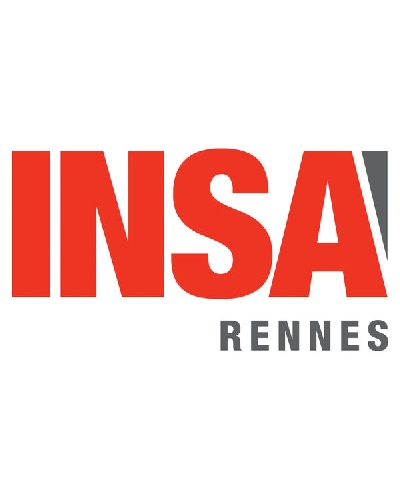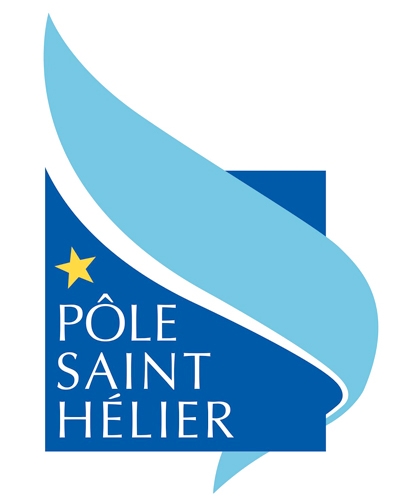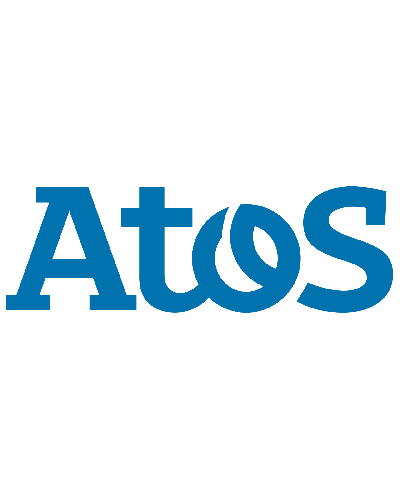
PARACHUTE
Prevent, Alert, Reassure, Simplify.

Prevent, Alert, Reassure, Simplify.
PARACHUTE allows for the detection of falls in a medicalised environment based on video sensors.
Through two mobile applications, PARACHUTE can warn the medical staff quickly and efficiently.
PARACHUTE will reassure the patient by signaling him of the arrival of the medical team.
PARACHUTE is adaptable to many needs and can easily use other detection algorithms.
The subject of falls in the elderly population is a public health matter which gathered much interest in the last years. The World Health Organization attributed more than 400 000 yearly deaths due to falls making it the second most common accidental cause of death in the world.
In order to answer this growing problem we developed PARACHUTE. With the evolution of modern day computer vision, it is now possible to detect the presence and the activity of someone in a room. It is however difficult for a medical institution to gain access to those solutions, mainly restricted to the realm of research. For example INRIA Sophia Antipolis’s team STARS developed a solution capable of detecting the activity of anybody (be it walking, sleeping, crouching...) using video sensors.
PARACHUTE uses this technology to detect the activity of the patient. PARACHUTE’s aim is to integrate this complex solution to an environment, usable in a medical context to detect falls.
In order to detect a person’s fall, PARACHUTE mainly uses video sensors, such as a cameras or depth sensors (Kinect for instance). While a patient is falling, PARACHUTE will register it with one of its sensor. In this example we will be using a camera (1). The data from this camera is sent to the server (2), which will interpret the incoming data with team STARS’s solution. Once a fall is detected, a warning is issued on the application installed on the medical team's phone (3). Once the warning has been received any member of the medical staff will be able to check the video output of the sensor in order to ensure it is really a fall (4). Once the patient's fall has been confirmed, the medical team will be able to provide the patient with medical care to help him recover from his fall in a timely manner.

PARACHUTE’s second application, usable on both phone and tablet, is used to facilitate the installation of PARACHUTE. Its target is the technical staff of the medical center, and provides useful tools to deploy, manage and setup the solution.



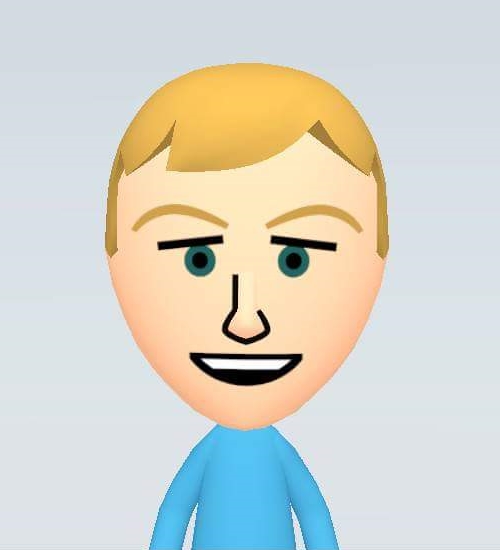
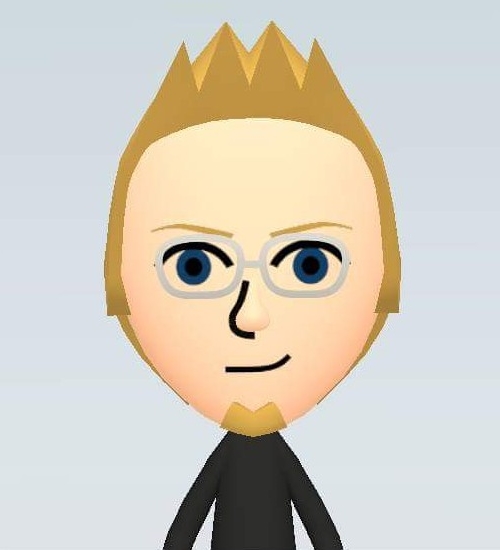
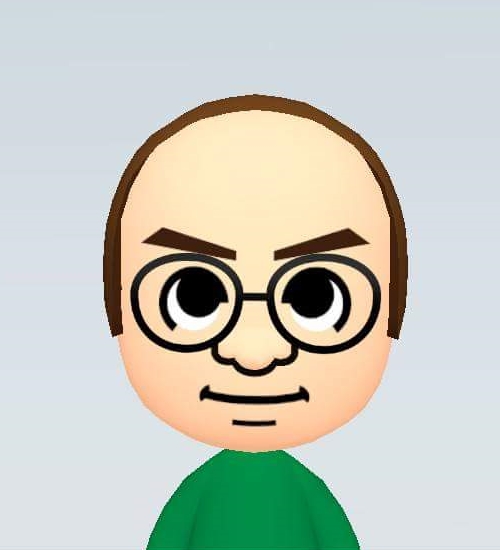
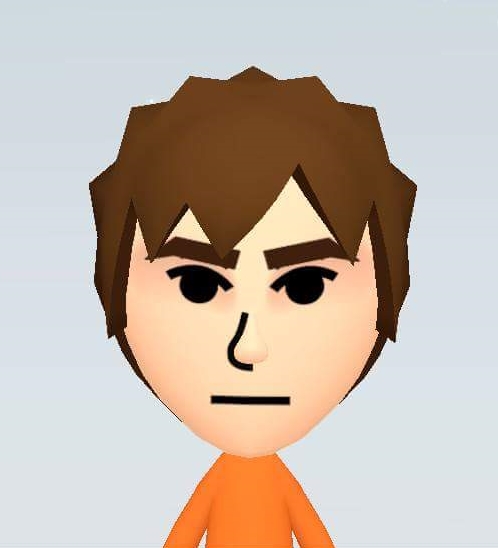
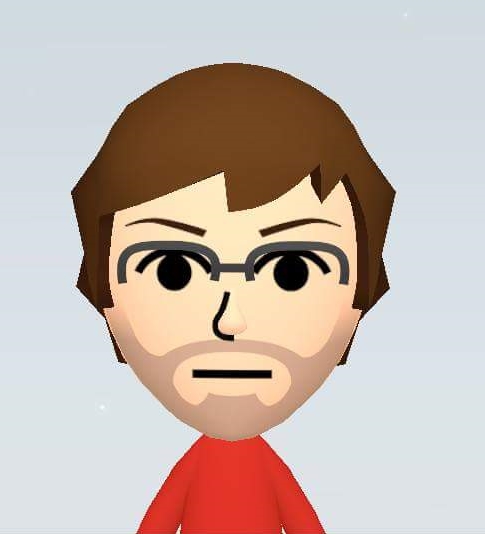
PARACHUTE was developed by eight students of INSA Rennes in collaboration with Saint Hélier’s hospital (Rennes) and the INRIA. During the developement we were assisted by Marie Babel (Senior lecturer at INSA Rennes), Ivan Leplumey ( Research professor at INSA Rennes), Karen Février (Project manager at Atos) and Solenne Fortun (Research engineer at INSA Rennes).
